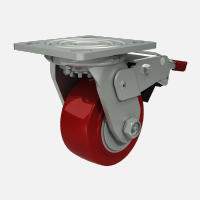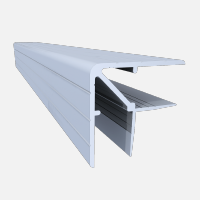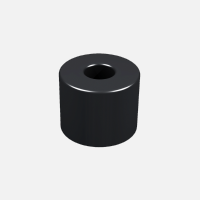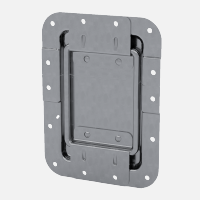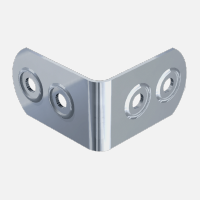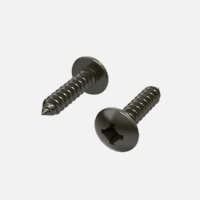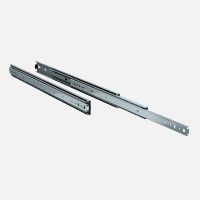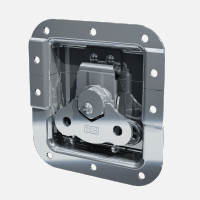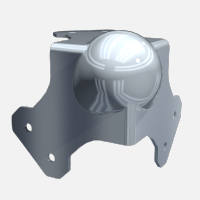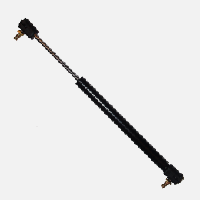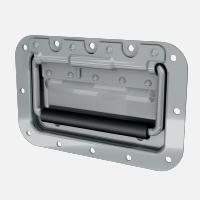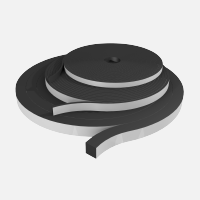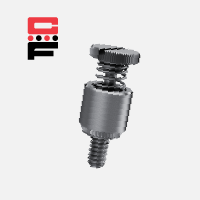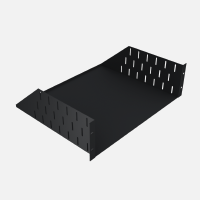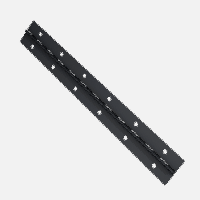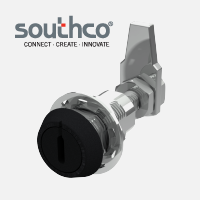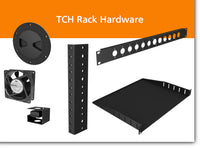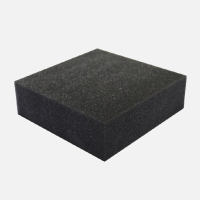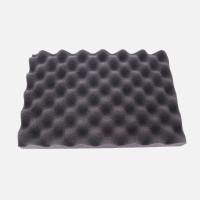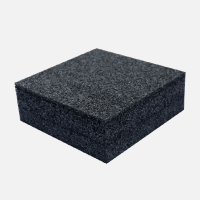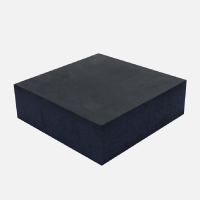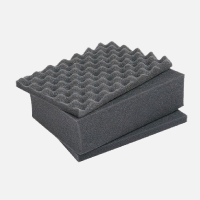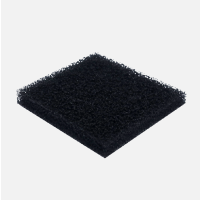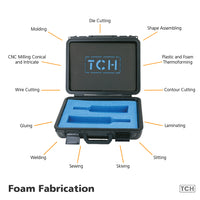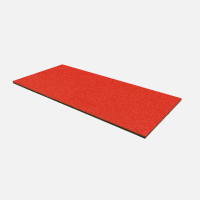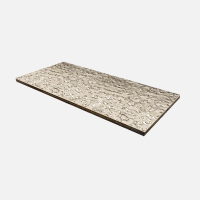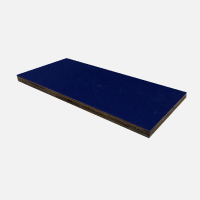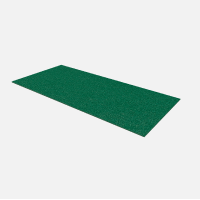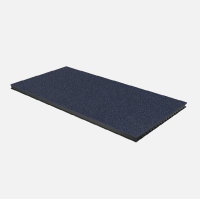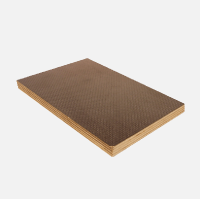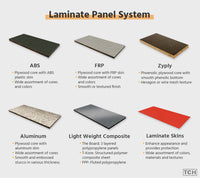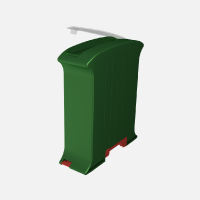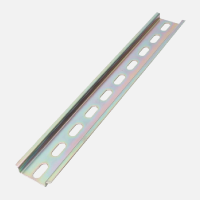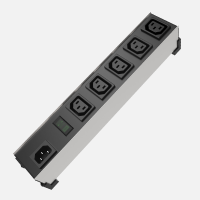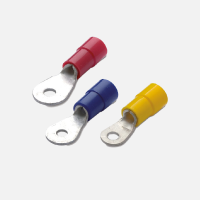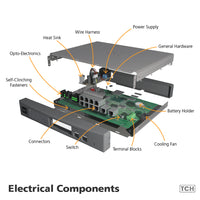What is static electricity?
Static electricity refers to stationary electrical energy. All substances are composed of atoms, which include a positively charged core around which one or more electrons orbit. When the core gains or loses electrons, such as when two objects touch and then separate, it results in an imbalance. This buildup of unbalanced charges is what we refer to as static electricity.
What is an electrostatic discharge?
Electrostatic discharge is an event where the stored energy in a material finds a path of release through a body, manifesting as a noticeable "spark." It's crucial to remember that static electricity can pose a significant issue in settings where delicate electronic components are present, like in any electric vehicle. That's why it's essential to utilize foams to counteractthis risk.
Anti-Static Foam
Anti-static (ESD) foams are a valuable solution for dissipating electro-static charges, which can seriously threaten sensitive electronic devices and components. These specialized foams are crafted from a static dissipative polyurethane and polyethylene material and exhibit a surface resistance measuring 10^9 – 10^12 ohms.
When shipping or storing electronic components, it is crucial to employ specialized anti-static foam for protection. Thin anti-static foam sheets are ideal for smaller items requiring protection solely from static charge. On the other hand, more significant components, susceptible to static shock or physical damage, necessitate a more robust solution—enter heavy-duty anti-static foam packaging.
In such cases, we highly recommend the use of anti-static polyethylene foam. This particular foam shares similarities with traditional foam as it effectively insulates against static electricity, but it possesses a much denser composition, offering superior vibration-dampening capabilities. By utilizing anti-static polyethylene foam to line shipping or storage boxes, you can significantly enhance the safeguarding of your equipment, reducing the risk of damage during transit or storage.
Identifiable by their distinctive pink color, ESD foams undergo a chemical treatment that equips them with anti-static agents, ensuring they do not generate static charges. Their design prevents the accumulation of static electricity that may occur when items interact with the foam during motion. Nevertheless, these foams do permit static charges to pass through them. Therefore, when using ESD foam for shipping and safeguarding static-sensitive devices, placing the item in a silver conductive bag that acts as a shield against external electrostatic charges is essential.
Static dissipative foam
Static dissipative foam is a specialized type designed to facilitate the gradual flow of static charges to the ground, in contrast to conductive materials that allow rapid discharge. This controlled speed of charge dissipation is instrumental in providing adequate protection for the contents enclosed within the foam. Typically, static dissipative foam comes in two varieties: carbon-impregnated foam, distinguished by its black color, or surface-treated foam, identifiable by its pink hue.
One of the critical characteristics of static dissipative foam is its ability to begin with a low or negligible initial charge. This property ensures that the foam prevents the occurrence of discharges to or from human contact, further safeguarding the sensitive materials it houses. Regarding electrical resistance, static dissipative foam typically falls within 10^5 to 10^9 ohms.
Conductive Foam
Conductive foam, a variant of polyethylene foam infused with carbon, owes its conductive properties to this carbon content. Typically recognizable by its black color, it boasts less than 10^6 ohms surface resistance. The primary role of conductive foam is to protect electronic devices and components by serving as a Faraday cage, effectively blocking electromagnetic fields from reaching the enclosed items. This shielding capability eliminates the need to place the electronic devices in additional shielding materials to protect them from external electrostatic charges.
However, one caveat of conductive foam is that it can drain batteries if the conductive ends come into contact with the foam. Therefore, when using conductive foam for shipping or storing electronic devices, it is essential to take precautions and shield the batteries from direct contact with the foam. This can be achieved by adding a layer of insulation or utilizing another type of static dissipative foam to prevent unwanted battery drainage and ensure the safety of the items during transit or storage.
The base material of Conductive Foam vs anti-static foam vs static dissipative foam
Conductive foam, anti-static foam, and static dissipative foam derive from diverse foam materials, including PE foam, PU foam, EVA foam, and EPE foam. The selection of foam material is tailored to meet the needs of the electronics component requiring protection. Additionally, each foam type incorporates varying proportions of carbon additives into the polymer mix during manufacturing. The deliberate inclusion of carbon enhances the foam's conductivity, facilitating the flow of electric current through the foam's cell structure and effectively diverting it away from the sensitive electronic component.
Advantages:
- General shock absorption.
- Ultra superior shielding effect.
- Good electrical conductivity.
- Pin insertion of components.
- Excellent resistance to compression characteristics.
- Excellent abrasion performance.
- High-performance cycle life.
- Characteristics of high-temperature applications.
- Chemical resistance.
- Customized inlays via die-cutting, cost-effective die cut.
What's the Right Foam for You?
When selecting the appropriate specialized foam to safeguard your electronic components, it's crucial to consider whether you need a rigid or soft option. This decision will depend on the weight and rigidity of the shipped items. Heavier or more rigid products may necessitate using rigid Polyethylene foam, while lighter and smaller items might be adequately protected by regular Anti-Static foam.
An egg-crate foam option can benefit products requiring a more cushioned support rather than a flat surface, providing extra cradling for your items. Opting for egg crate foam can also lend a more professional appearance to your packaging.
Regardless of the specific anti-static foam you choose, the primary advantage lies in its ability to dissipate electro-static discharge that would otherwise occur due to the friction between your product and packaging lacking anti-static properties. This protection is vital in ensuring the safety of your sensitive electronic components during transit or storage.
At TCH, We offer a full range of packaging and cutting solutions, from simple foam inserts to complex designs executed by our array of machinery.
